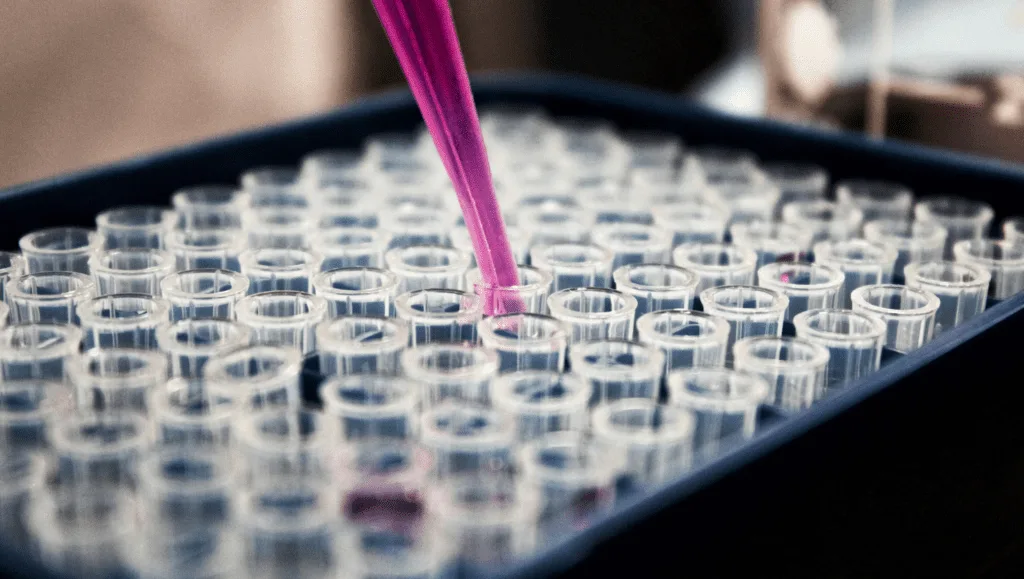A PCR workstation is a vital piece of laboratory equipment used in molecular biology and genetics labs. It ensures a contamination-free environment for polymerase chain reaction (PCR) experiments, maintaining sample integrity, preventing contamination, and ensuring reproducibility. At Apex Scientific, we understand the importance of a quality PCR workstation and its role in various laboratory settings. This article will help you identify the key considerations when selecting the right PCR workstation for your laboratory needs in South Africa.
1. Understanding the Applications of a PCR Workstation
A PCR workstation provides a controlled environment essential for preparing PCR reactions. Key functions include:
- Preventing Contamination – It reduces the risk of cross-contamination from airborne particles, aerosols, and handling.
- UV Sterilization – Equipped with UV-C lights, it decontaminates the workspace by eliminating DNA contaminants.
- Creating a Sterile Environment – HEPA or ULPA filters help remove airborne particles, maintaining a contamination-free space.
- Enhancing Sample Integrity – Minimizes environmental variables that could influence PCR results.
These workstations are indispensable in laboratories that work with PCR techniques, such as in molecular biology, genetics, forensic science, clinical diagnostics, and microbiology.
2. Key Technical Specifications to Consider
When choosing a PCR workstation, there are several important features to consider:
UV Sterilization System
- Ensure the workstation includes a built-in UV-C sterilization lamp for decontaminating between PCR runs.
- Look for models with automatic UV timer functions to facilitate scheduled decontamination cycles.
HEPA or ULPA Filtration (Optional Feature)
- Some models come with HEPA (High-Efficiency Particulate Air) or ULPA (Ultra-Low Penetration Air) filters, which are essential for sensitive sample handling.
- This feature is particularly important for minimizing external contaminants.
Airflow System
- A laminar airflow system directs clean air across the workspace to minimize contamination risk.
- Fan speed control options allow for customized airflow intensity.
Internal Work Surface and Construction
- Choose a workstation made from materials resistant to chemicals and UV exposure, such as stainless steel or aluminum.
- The surface should be smooth for easy cleaning and effective decontamination.
Lighting and Visibility
- Ensure the workstation is equipped with adequate LED lighting for clear visibility.
- Some models feature transparent acrylic or polycarbonate panels for better monitoring.
Size and Capacity
- Check the workstation’s dimensions to ensure it fits within your available laboratory space.
- The working area should accommodate the necessary laboratory equipment, such as pipettes, reagents, and PCR tubes.
Safety Features
- Automatic UV shut-off features prevent accidental exposure when the workstation’s sash is opened.
- Some models also include alarm systems and interlocking doors for additional safety.
3. PCR Workstations vs. Biosafety Cabinets: Understanding the Differences
A common question when selecting laboratory equipment is whether a PCR workstation can replace a biosafety cabinet. While both are designed to minimize contamination, they serve different purposes:
| Feature | PCR Workstation | Biosafety Cabinet (BSC) |
| Purpose | Prevents contamination of PCR reactions | Protects user, environment, and samples from biohazards |
| UV Sterilization | Yes | No |
| Airflow Type | Laminar airflow | HEPA-filtered airflow |
| Handling of Pathogens | No | Yes (required for biohazardous materials) |
If you’re not working with infectious agents, a PCR workstation will suffice. However, for biohazardous materials, a biosafety cabinet is essential.
4. Choosing the Right Model for Your Needs
When selecting a PCR workstation, consider the following factors:
- Standard vs. Advanced Models – Advanced workstations may offer features like automated airflow control, enhanced filtration, or digital UV timers.
- Manufacturer and Warranty – Choose reputable brands like Jeiotech, known for providing reliable laboratory equipment. Be sure the model comes with solid warranty coverage and after-sales support.
- Energy Efficiency – Look for energy-saving features such as LED lighting and low-power UV lamps to reduce operational costs.
For instance, explore the Jeiotech PCR Workstation for detailed specifications and to find a high-quality workstation that suits your laboratory’s needs.
5. Best Practices for Using a PCR Workstation
To maximize your workstation’s effectiveness and longevity, consider the following best practices:
- Always decontaminate the workstation before and after use with UV sterilization.
- Use dedicated pipettes and reagents to prevent cross-contamination.
- Keep airflow systems unobstructed if using a laminar flow PCR workstation.
- Wear gloves and lab coats to reduce contamination risks.
- Regularly clean and maintain UV bulbs and filters to ensure optimal performance.
Conclusion
Choosing the right PCR workstation is crucial for maintaining a contamination-free environment in your molecular biology laboratory. Understanding the key features, specifications, and differences between models will help you make the best decision for your needs. If you’re looking for a reliable PCR workstation, browse our selection at Apex Scientific or contact us for expert advice on the ideal model for your South African laboratory.
For further information, you can explore our PCR-related products here or visit Jeiotech’s official site for more details.




